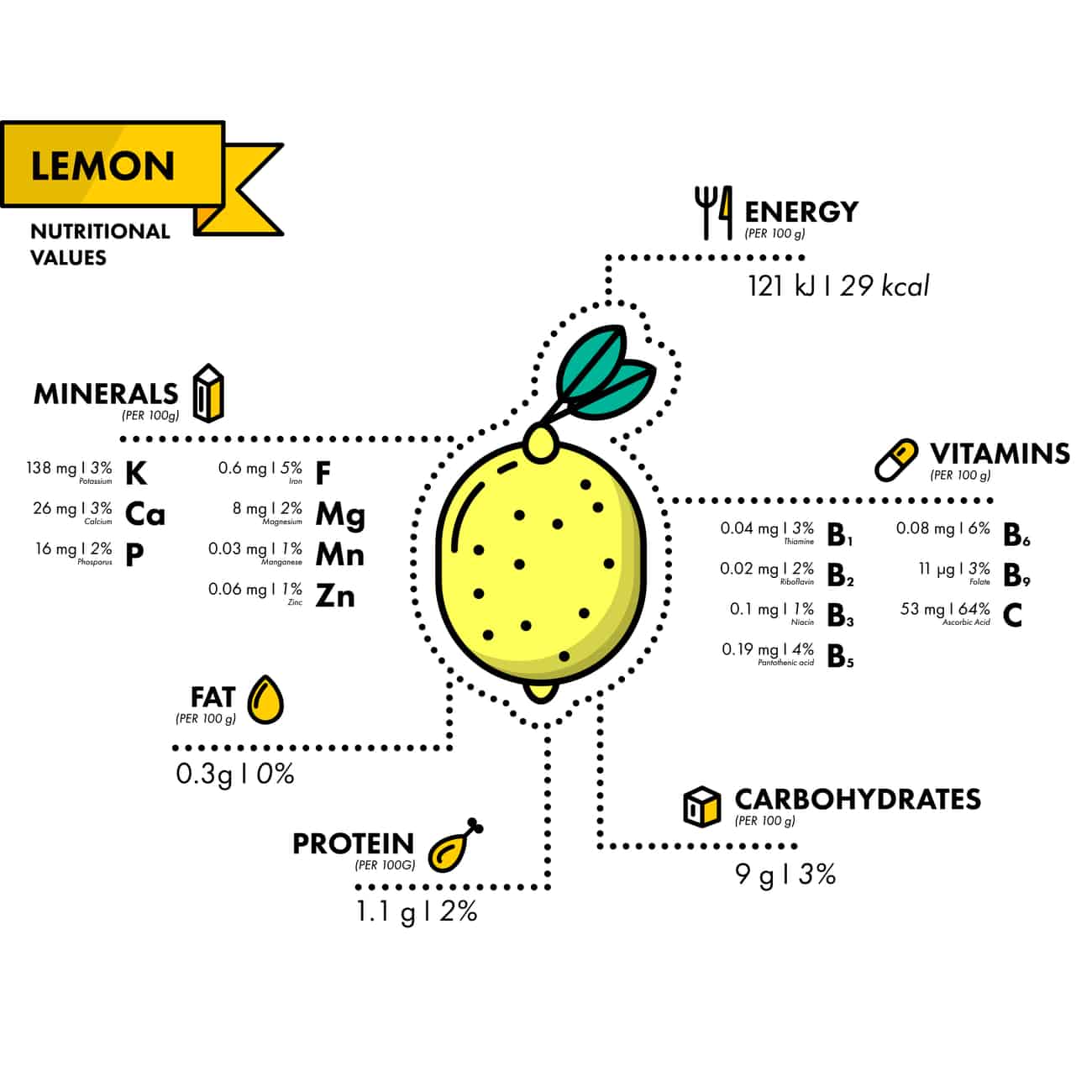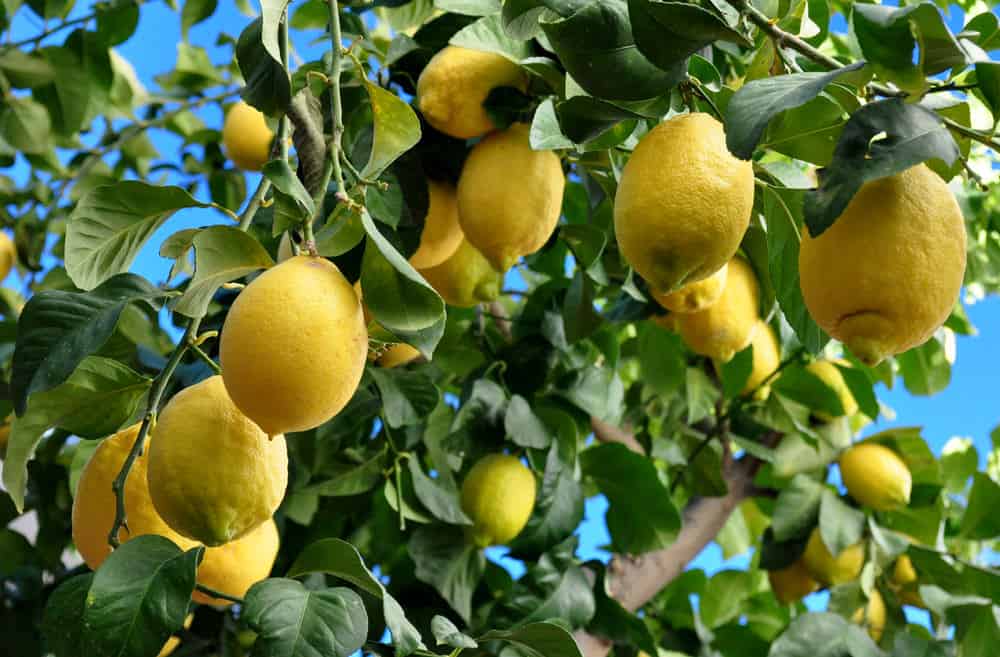
The US grows over 886,000 tons of lemons. Since 4 lemons weigh 1 pound, that’s 8,000 lemons per ton, which amounts to approximately 7 billion lemons. That’s a lot of lemons!
What’s also a lot pertaining to lemons is the number of different types of lemon varieties. Below we set out 36 of them. Before we get into all 36 varieties, take a look at how lemons benefit your health in this infographic below.

What are the different types of lemon varieties?
1. Avalon Lemon
These kinds of lemons come from Florida and are close to the Lisbon Lemon. Both the Lisbon Lemon and the Avalon Lemon are the ones most people would find at the supermarket in the produce section.
2. Bearss Lemon
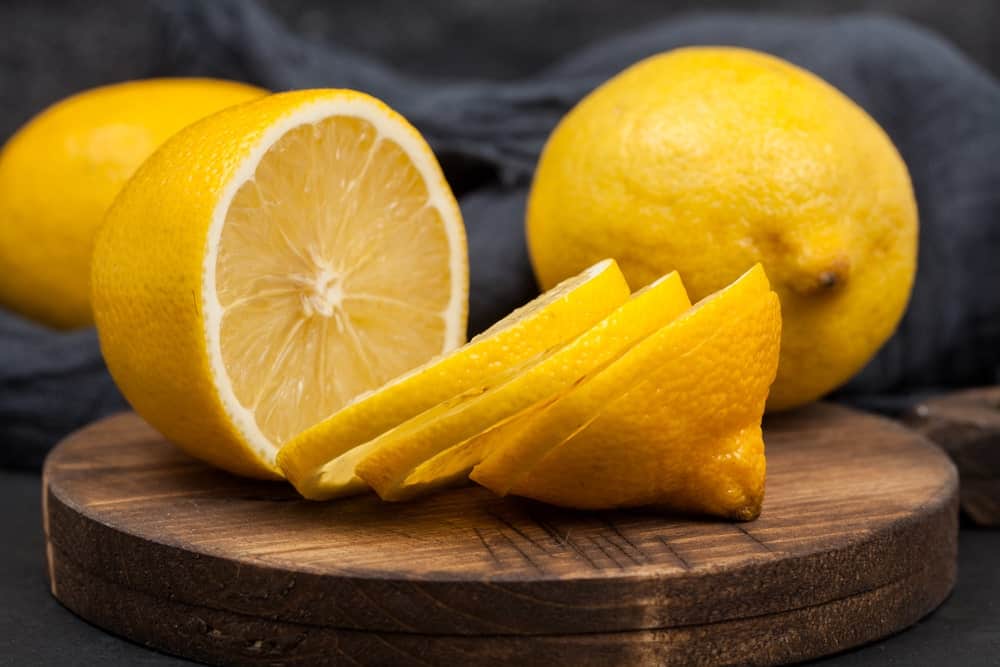
Many people think the Bearss Lemon Came from Italy, but it is now it is mostly grown in Florida since the 1950s. It is now the current type that we have today, and it also resembles the Lisbon Lemon, like the Avalon. Many people choose to grow these lemon types as it is one of the most popular. It is high-quality fruit and has a great amount of lemon oil. There are many of these lemons that can grow on a single tree, and many people choose this one in particular due to its peel.
3. Buddha’s Hand Lemon
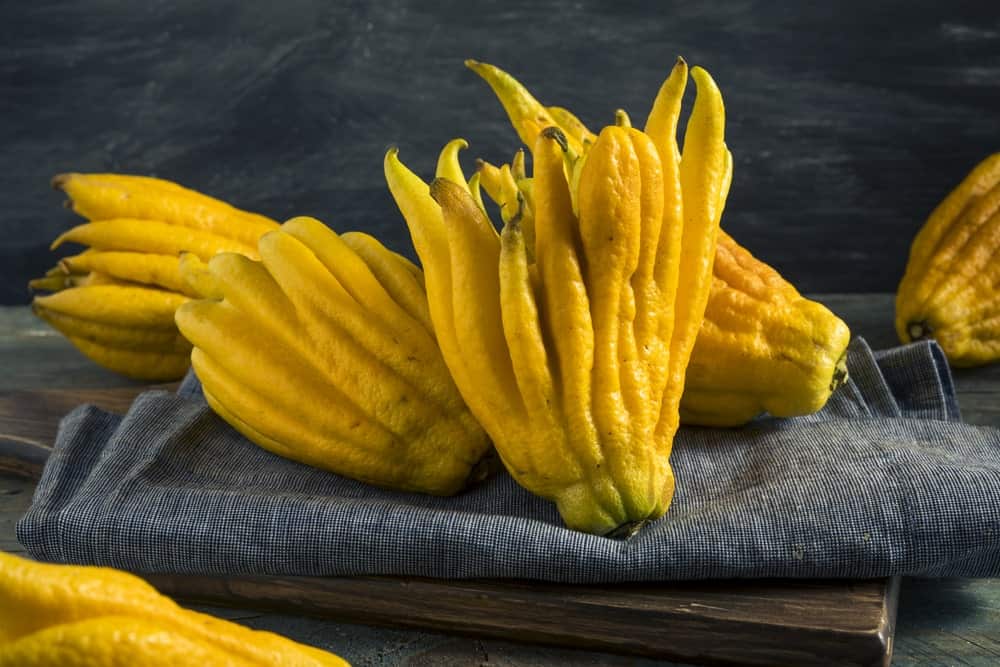
This lemon has another name, also known as Finger Citron Lemons. The Buddha’s Hand Lemon looks just like the fingers of a hand that grows out from the top area and is very fragrant. The rind of this lemon and the pith is beneficial because it does not have any seeds or juice where the fingers are located, and the fingers are only rind, nothing more. This lemon grows in China, and the Chinese believe it to be a symbol of happiness and good fortune. They also use it as an offering in their temple.
4. Bush Lemon
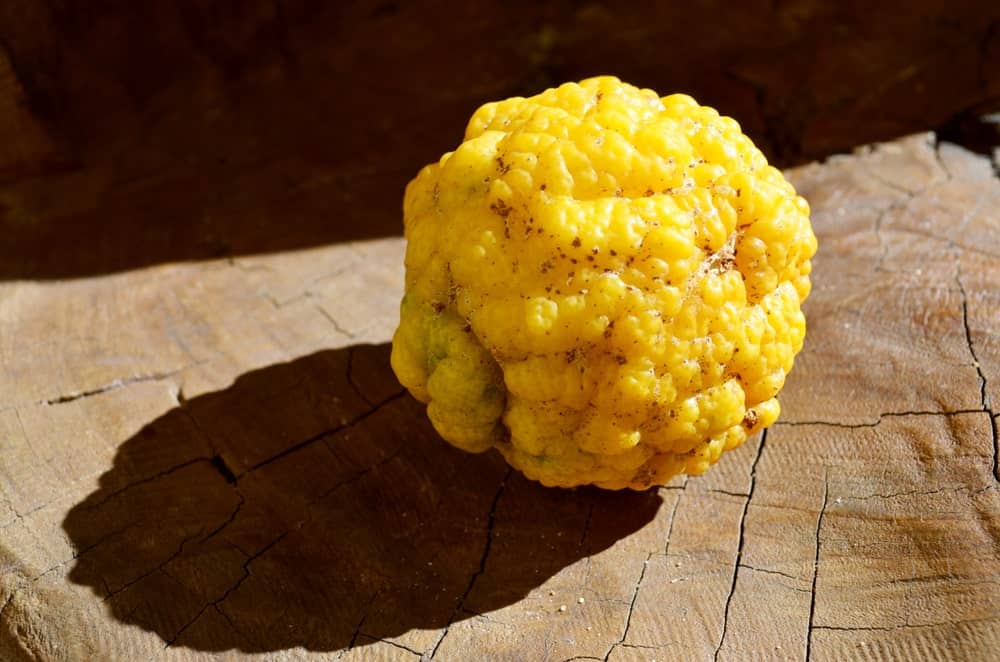
These lemons are also known as rough lemons. The skin is very rigid and thick. The rind has a very strong flavor, and these lemons are self-seeding. By this, it means that the seeds will fall to the ground and grow a new plant the following year. These lemons do not produce a lot of juice, so they are used as grafting other lemons and are best used as a rootstock. It is known as a wild-growing lemon and is found growing in the subtropical areas of Australia.
5. Citron Lemon
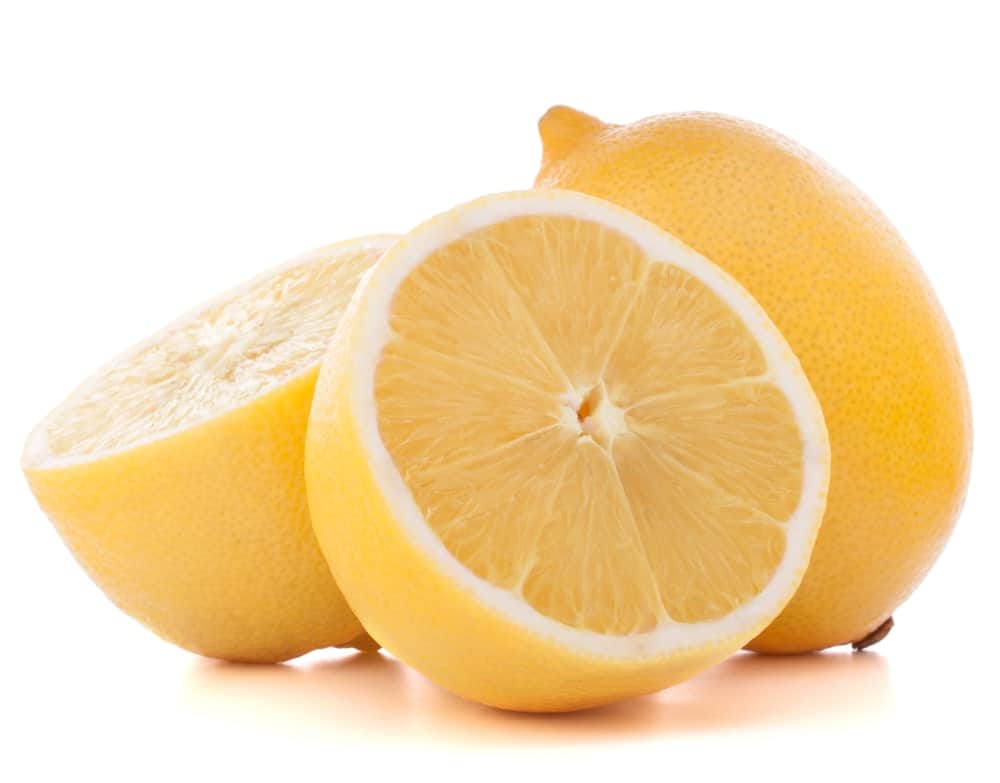
Like the Bush Lemon, the Citron Lemon has hardly any juice and is used mostly for its rind. This lemon is capable of growing in sizes of up to 10 lb, and there are three different types of this lemon. First is the acidic pulp groups, which are like the Florentine and the Greek Citrons.
Then there is the non-acidic pulp group, which is like the Corsican and the Moroccan Citron. Finally, there is the pulp-free group. This lemon grew so big that it would not fall off the branches but actually broke the branches clean off the tree. Examples of these lemons are the Yemenite and the Buddha’s Hand Lemon. The Citron Lemon has a valuable use for every part of the lemon as nothing goes wasted.
This is another type of lemon that grows in the wild and grows in India at the bottom of the Himalayan Mountains. The Citron Lemon was also one of the most used in the medical field for remedies and dates back to ancient times. The peel contained an oil that was made into an antibiotic.
Some people took the juices from this lemon and mixed it with honey, and some felt it helped with poison, but it was never confirmed. Some of the illnesses the Citron Lemon helped were pulmonary diseases and gastrointestinal upsets, sea sicknesses, or motion sickness.
6. Dorshapo Lemon
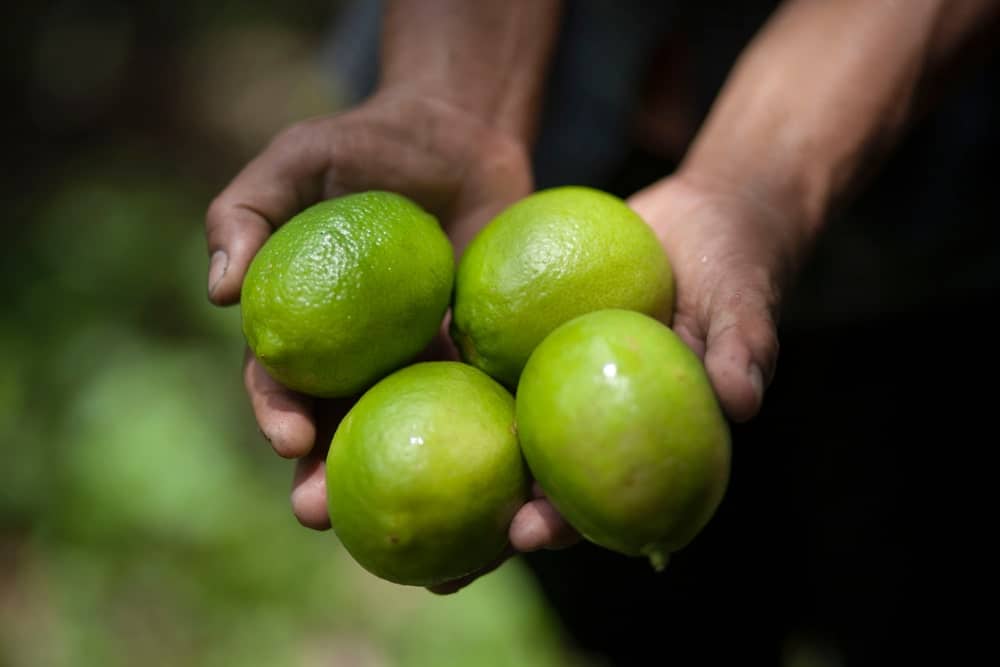
The Dorshapo Lemon is like the Eureka Lemon and began to grow in the early 1900s. These lemons are not acidic and taste very sweet. This lemon was grown by three different people, and the name Dorshapo contains the letters of all three of the founders Dorsett, Shamel, and Popenoe.
7. Eureka Lemon
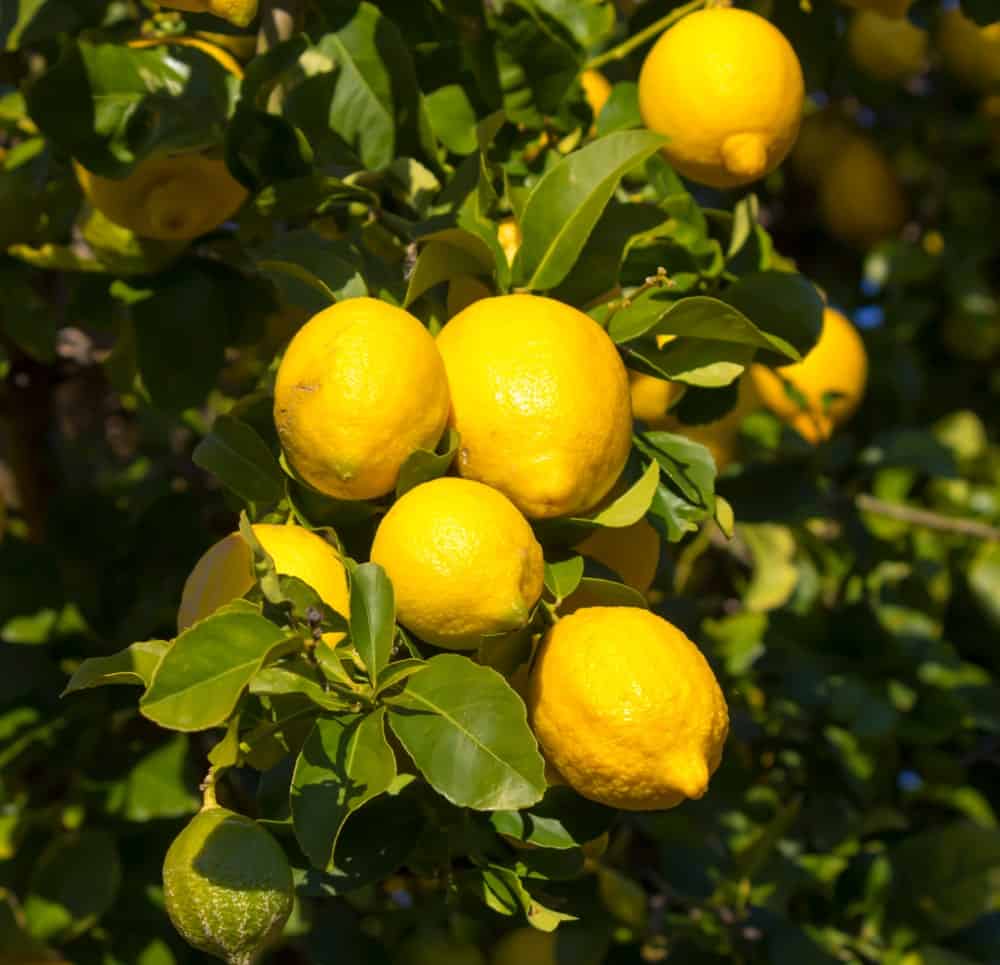
These lemons grow all over the world, except for a few Mediterranean countries, Italy and Spain, and it resembles the Lisbon Lemon. There have been many different types of this lemon that have been grown over the years. These lemons do contain seeds, and there is a noticeable difference between the Eureka Lemon compared to the other lemons. The Eureka Lemon has a nipple on the end of it. These lemon trees do not bear any thorns on them, and the tree will bear fruit year-round. Many growers choose to grow this type of lemon for this reason, as it is one of their favorite lemon options. These lemons are practically in every store. The earliest recorded growth was in 1858 and was grown in L.A., California.
8. Fino Citron Lemon
The Fino Citron Lemon is closest to the Verna Lemons but is smaller and contains less juice. The tree contains many thorns and is not the easiest to pick off the tree. These lemons are acidic and taste very good, and are fruitful two times per year. Another reason this is not the most famous lemon is due to the high volume of seeds within the fruit.
9. Greek Citron Lemon
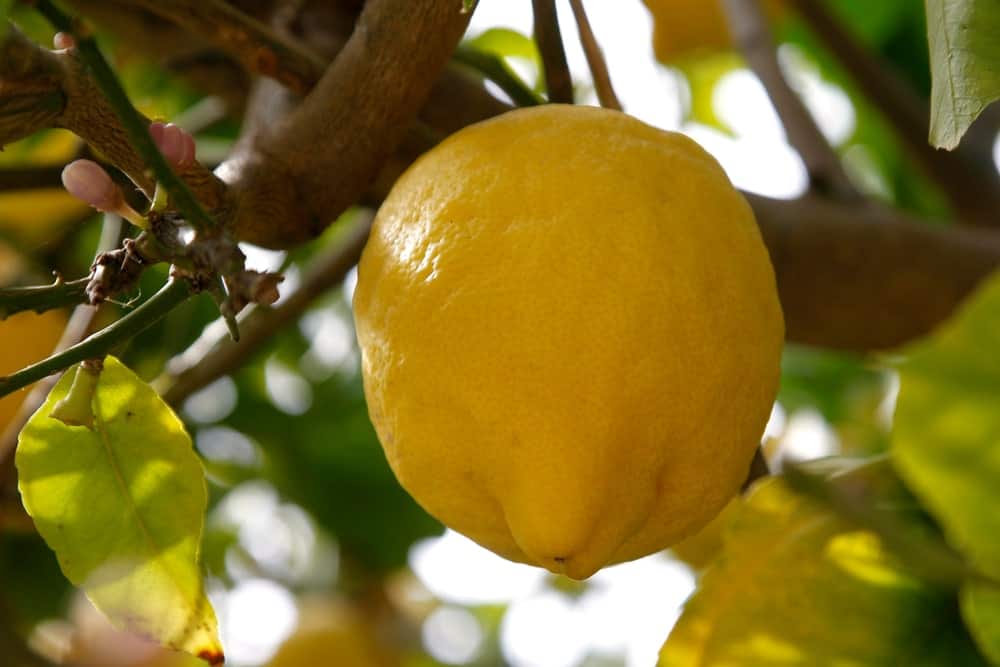
This type of lemon comes from the Ionian Islands and is used through many rituals over the many centuries. This lemon also has another name for it called the etrog or the Corfu Etrog. It is also another lemon to be used in the Greek Temple as a ritual from around the B.C. era.
10. Lisbon Lemon
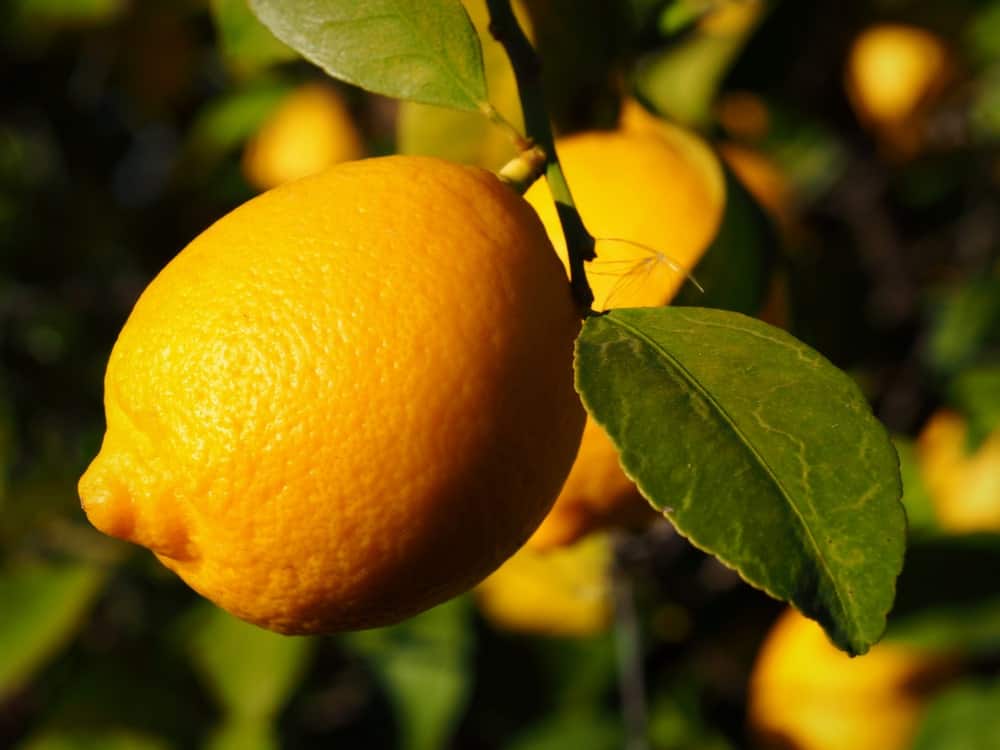
Like the Eureka Lemon, the Lisbon Lemon also has a nipple on the end of it. This lemon is very acidic and has little to no seeds inside them. The rind has a medium thickness, and the lemon does very well in cooler temperatures. The Lisbon Tree has thorns, and the harvest is twice per year. These lemons are mostly found only in Florida stores or produce stands.
11. Meyer Lemon
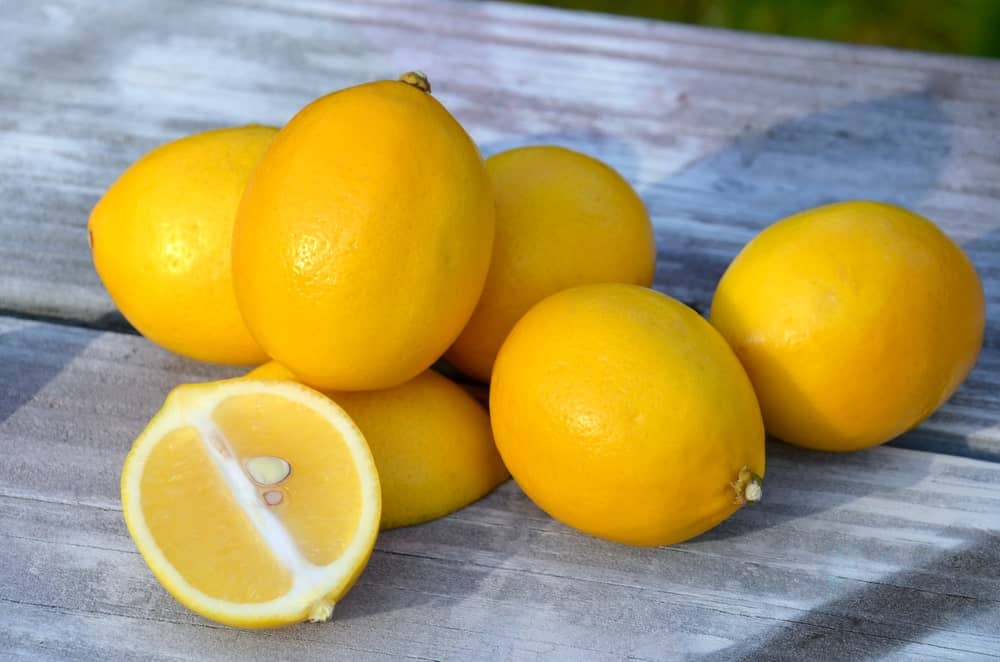
These Lemons grow as a combination of a sweet orange and a lemon. Its color even shows as a yellow and orange mixture, and they are slightly acidic. The Meyer Lemons are sweet and juicy. Many Chefs use these lemons as they produce throughout the year. They use these lemons to make many dishes, and they are picked when the lemon is perfectly ripe and not when they are green. These lemons are grown in California and are homegrown, and are shaped like an egg. This lemon is also grown and found is in Texas and Florida.
12. Organic Lemons
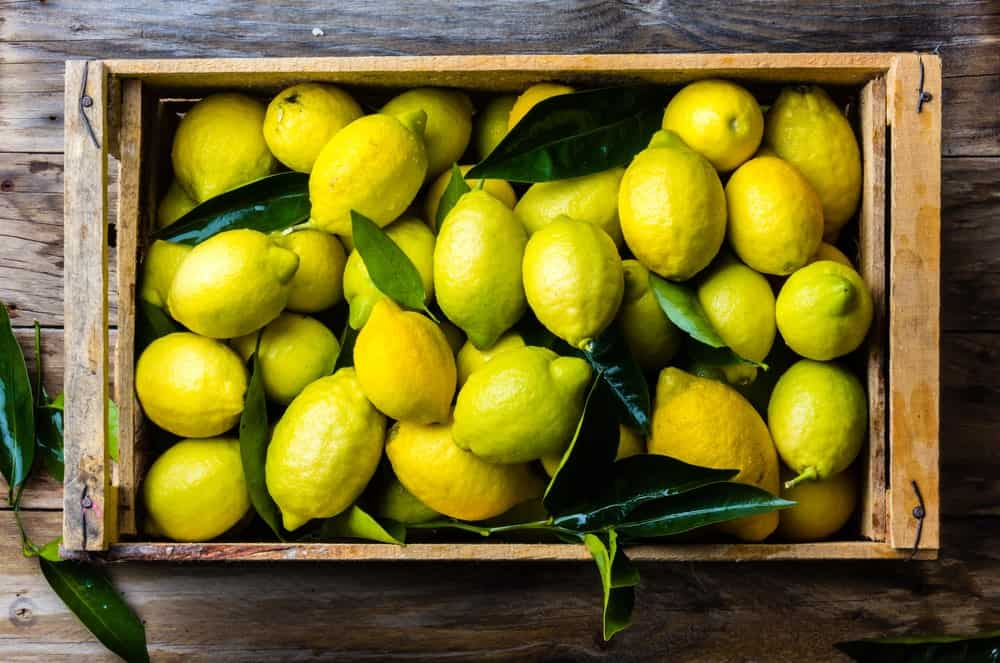
For anyone who chooses to use the rinds, peelings, and juices, this is the best choice due to there is no chemicals or pesticides used when growing Organic Lemons. Many people choose to use these lemons over any other type due to better health choices and decisions in general. Along with healthier eating, the growth of these lemons also improves the soil and is beneficial to the environment in so many ways.
13. Ponderosa Lemon
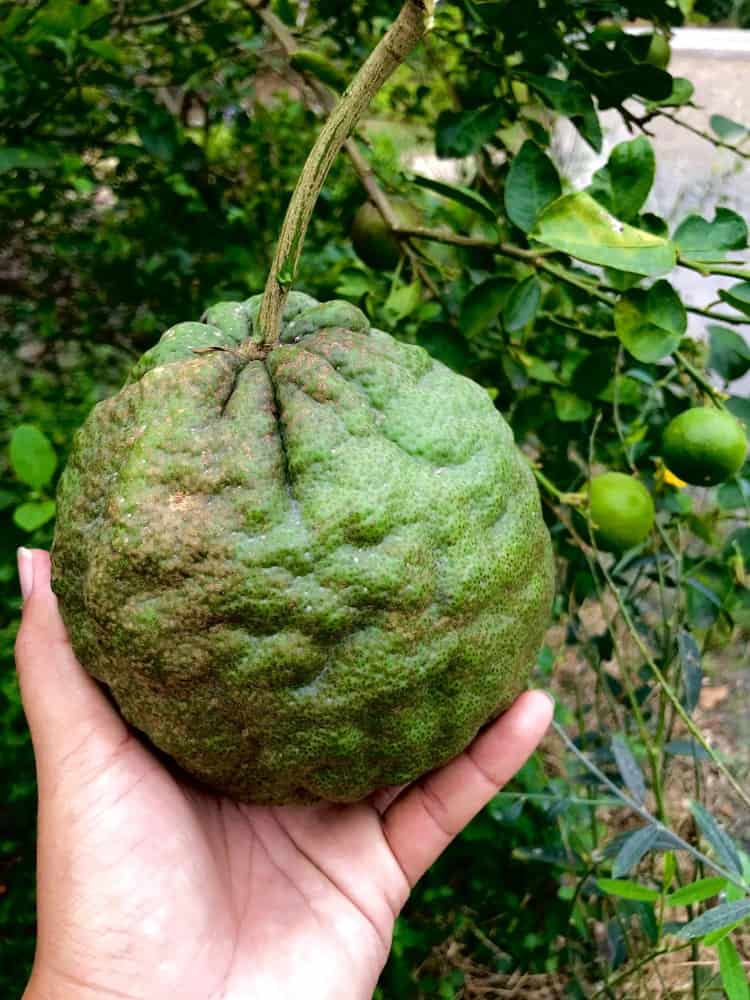
These lemons favor the Bush Lemon due to its rigid, thick skin. Many people would agree this is a cross between a citron and a lemon. The Ponderosa Lemon is not favored for growing in cooler climates and does not compare to a true lemon. It has a citrus taste and was developed in Maryland in the late 1800s. The Ponderosa tree is named after a western Pine tree, and the Ponderosa Lemon that grows from this tree is very large.
14. Sweet Lemon

The two kinds of lemons are sweet and acidic lemons. If the lemon is sweet, then it has no acidity to them. These lemons are also called sweet limetta, sweet lime, and Mediterranean Sweet Lemon. The peel has a huge amount of lemon oil, and these lemons can be eaten like any other fruit. These lemons are found in India and in the Mediterranean.
15. True Lemon
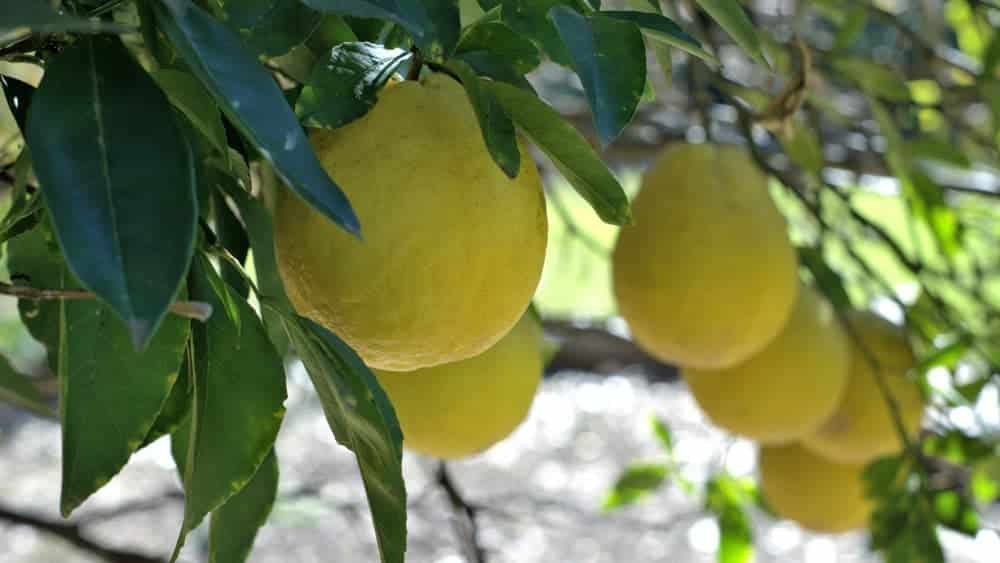
These lemons are very acidic and favor the Eureka and the Lisbon Lemons. There is no comparison between True Lemons to Sweet or non-acidic lemons.
16. Verna Lemon
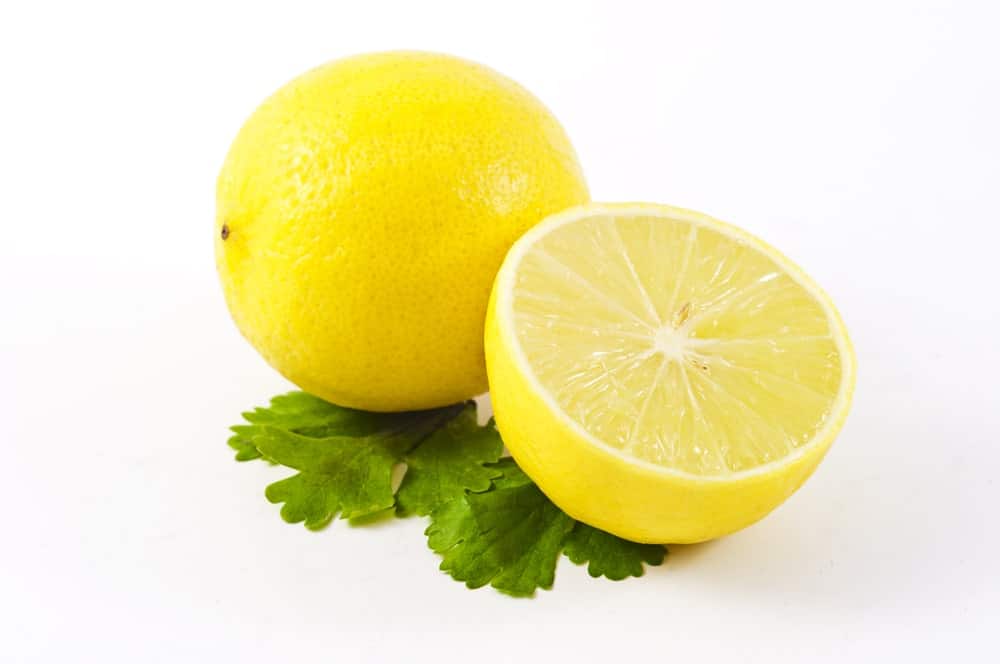
The Verna Lemons favor the Eureka Lemons and are acidic. These lemons have few seeds and very thick skins. They contain a lot of juice within them. The tree bears fruit two times per year and maybe, at times produces three harvests, but it can be rare. There is no information as to where this lemon came from, but if one was to guess, it would probably be from Spain.
More obscure kinds of lemons
17. Avon Lemon
There are many different types of lemons, but these are used to make a concentrate. Out of the state of Florida, Avon Lemons were the first known grown lemons. These are some of the lesser-known lemons.
18. Baboon Lemon
These lemons are bright yellow and come from Brazil. They have the taste of limes more than lemons. These are also some of the less popular lemons.
19. Bonnie Brae Lemon
These are grown in and around San Diego, California. The skin is smooth, and the lemons contain no seeds. These are also some of the less popular lemons.
20. Cameron Highlands Lemons
These lemons come from Malaysia out of the Cameron Highlands area. These lemons are not grown by farmers. They grow out in the wild and are picked out of the trees freely. These are also some of the less popular lemons since they are not grown and remain wild.
21. Escondido Lemons

The Escondido Lemon is found growing near the Escondido River, which is in Nicaragua. These lemons are bright yellow but have hardly any juice, and they are smaller than the rest of the lemons. These are also some of the less popular lemons.
22. Femminello St. Teresa Lemons
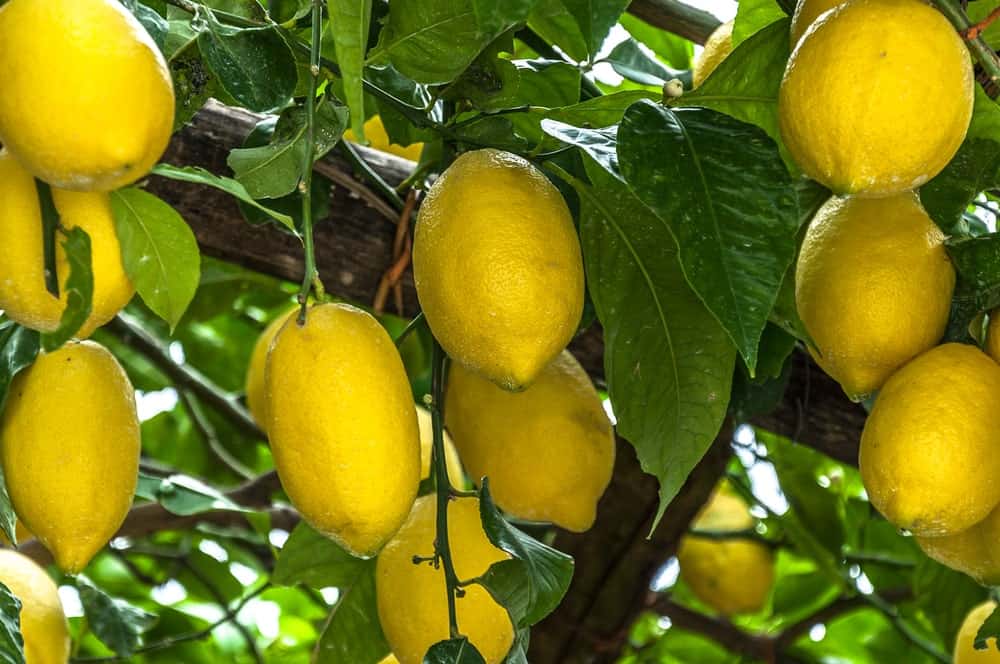
These lemons are sour and tart. They are very acidic and are grown in Italy. Out of all the lemons, Femminello St. Teresa Lemons are the oldest known lemons from that part of Italy. Out of all the lemons in Italy, these are around three-fourths that are the Femminello type. These are also some of the less popular lemons as they are grown mostly in that area and are only famous in Italy.
23. Genoa Lemons
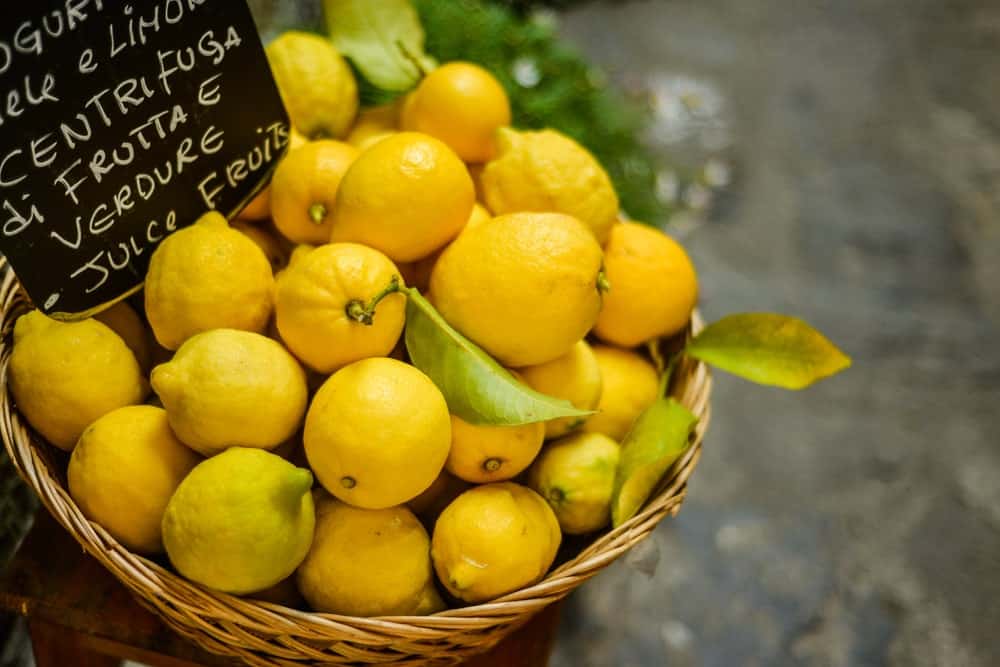
These lemons, like their name, come from Genoa, Italy. They resemble the Eureka Lemons and the lemons are very popular in California.
24. Interdonato Lemons
These lemons came from Italy and Turkey. Out of the many lemons, these lemons are one of the first to bloom. They taste slightly bitter and have very little to no juice.
25. Jhambiri Lemons
These South Asia lemons are bright yellow with tough skin. The pulp is very sour.
26. Kutdiken Lemon
The Kutdiken Lemon comes from Italy. These lemons closely resemble the Femminello and the Eureka lemons. One can find these lemons growing mostly in Turkey.
27. Lamas Lemon
The Lamas Lemon comes from Turkey and is often stored in caves.
28. Lapithkiotiki Lemon
These lemons grow in Cypress and closely resemble the Genoa and the Eureka Lemons.
29. Lemonade Lemon

The Lemonade Lemon is light yellow and tastes like grapefruit.
30. Nepali Oblong Lemon
These lemons from India are medium acidity but contain a lot of juice.
31. Perrine Lemon
These lemons taste like lime and have plenty of juice within them. The Perrine Lemon is a combination of a Mexican Lime and a Genoa Lemon and is not as bright of yellow in color.
32. Pink Lemonade Lemon

The Pink Lemonade Lemons are sour and have a pink mixture in color to them and are medium in size. You can pick this lemon when it forms stripes on the rind.
33. Variegated Pink Lemon
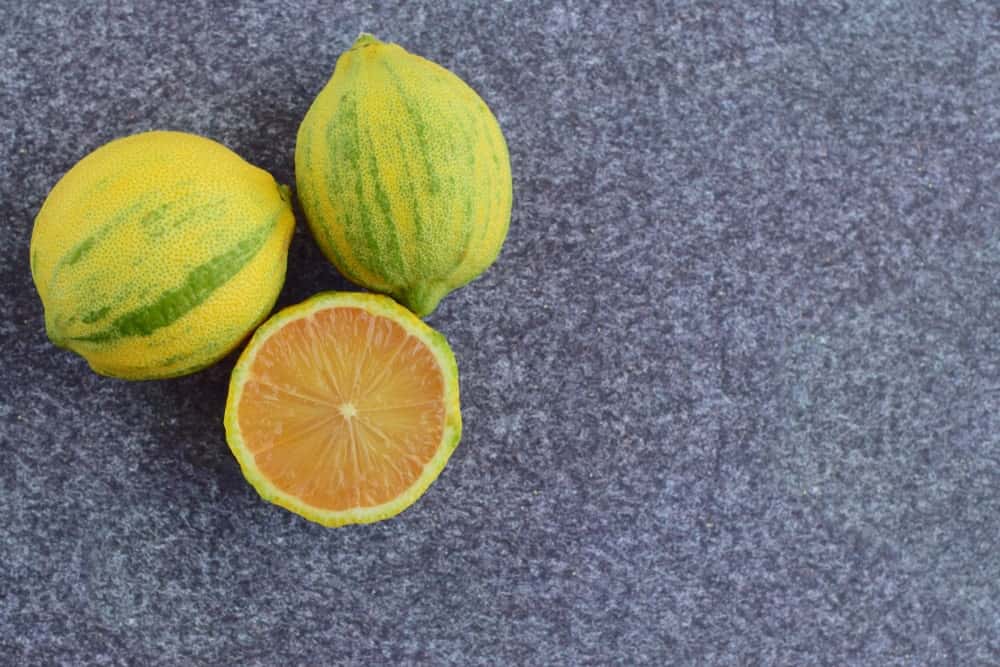
The trees that the Variegated Pink Lemons grow up to 15 feet high, and they have green stripes on them before they are ripe. As they ripen, they change to dark yellow, and the flesh is pink in color. These lemons have a strong fragrance to them when they are blooming.
34. Villafranca Lemon
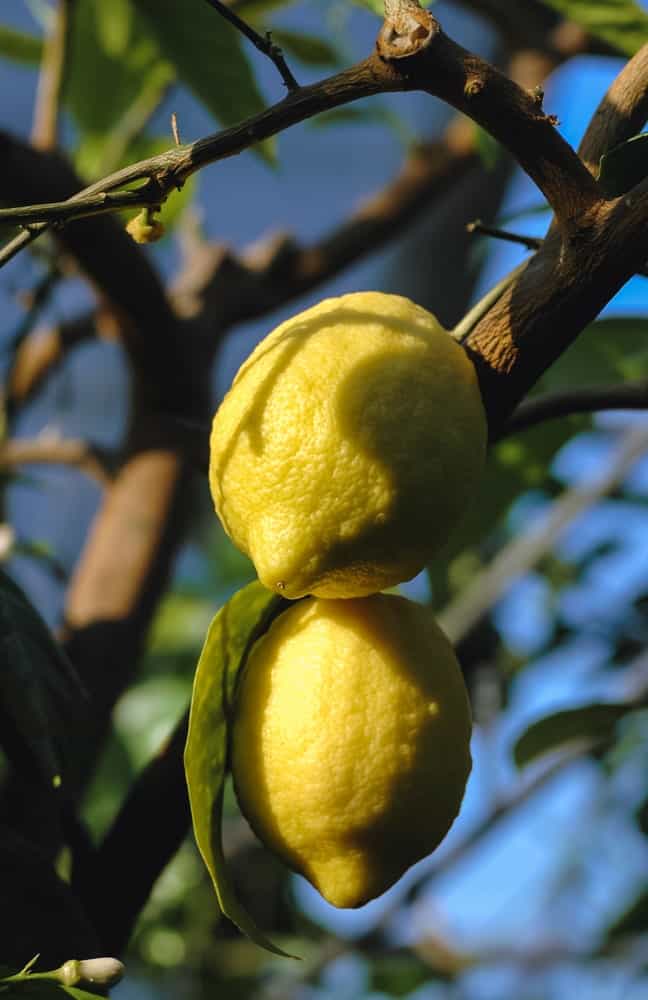
The Villafranca Lemon is very popular and grows in Florida.
35. Volkamer Lemon
The Volkamer Lemons come from Italy and are small in size and round. These lemons have a low acidity rate, and some think this lemon is a mixture of a sour orange and a lemon.
36. Yen Ben Lemon
The Yen Ben Lemon tree grows up to 10 feet high and produces lemons in the fall and winter. They are smooth with very thick skin.
Lemon Nutrition Info
